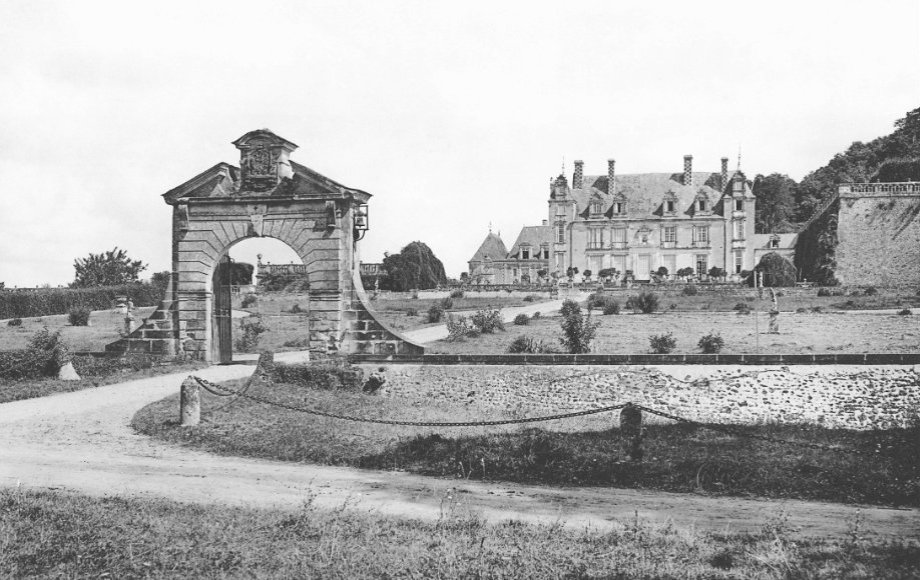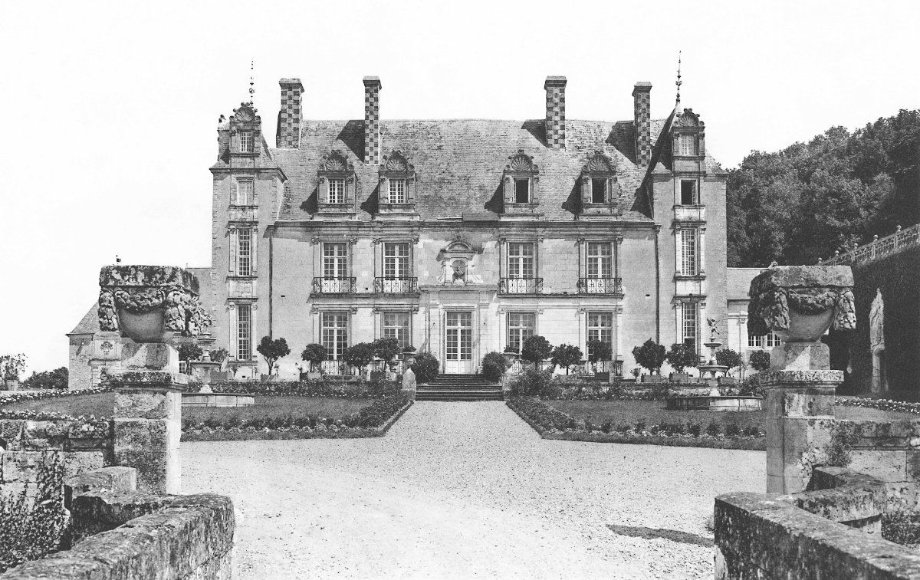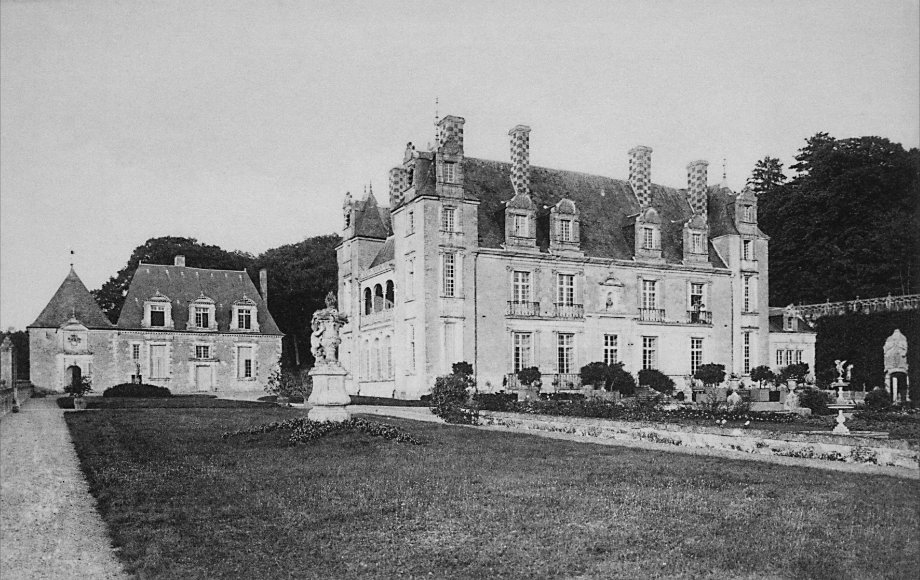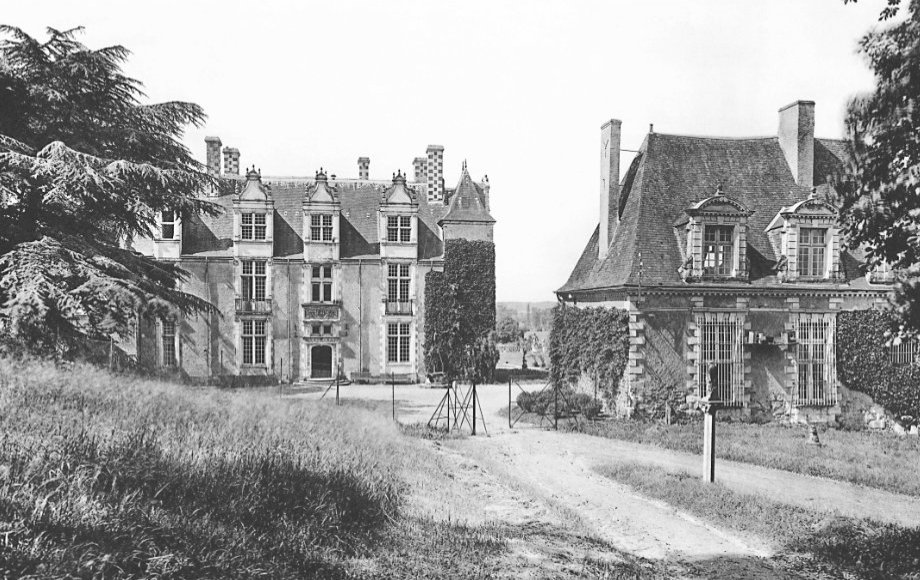History of the estate
The story begins five centuries ago when an adviser to Francis I, Sieur Binet, decided to build superb gardens in Valmer.
According to tradition, the Château de Valmer belonged to Charles VII. The terraces, moats and troglodytic chapel were built at the beginning of the 16th century.
The present buildings - the portal, the outbuildings, the Petit Valmer - date from 1640 and are the work of Sieur Thomas Bonneau, King Louis XIII’s adviser.
Established on a rocky spur overlooking the Brenne valley on limestone slopes, the 300-hectare estate combines a renownedvineyard, Renaissance terraced gardens, cultivated land and woods with bicentenary trees.
The main Castle was tragically destroyed by fire in October 1948; only the basement and the two steps remain. It is now symbolized by a yew castle, carved to the proportions of the lost monument.
The troglodytic chapel
-Duret-Lamouroux.sm.jpg)
This rare troglodytic chapel was dug in the tuff in 1524. It consists of two naves of uneven width, two bays each vaulted on crossed low pointed ribs. A small sanctuary extends the main nave and houses the altar, the tomb of which is decorated with a triptych altarpiece.
Classified as a Historic Monument, this altarpiece has recently been restored with the help of the city of Tours and the DRAC Région Centre-Val de Loire and presented to the Musée des Beaux-Arts de Tours during the exhibition Tours 1500 in 2012.
This chapel houses a magnificent polychrome wooden altar, Romanesque baptismal font, an imposing statue of Saint Martin and two stained-glass windows from the 16th century representing the healing of a possessed woman and the miracle of the spider.




-leonard-de-serres.sm.jpg)
-leonard-de-serres.sm.jpg)
-leonard-de-serres.sm.jpg)
-leonard-de-serres.sm.jpg)